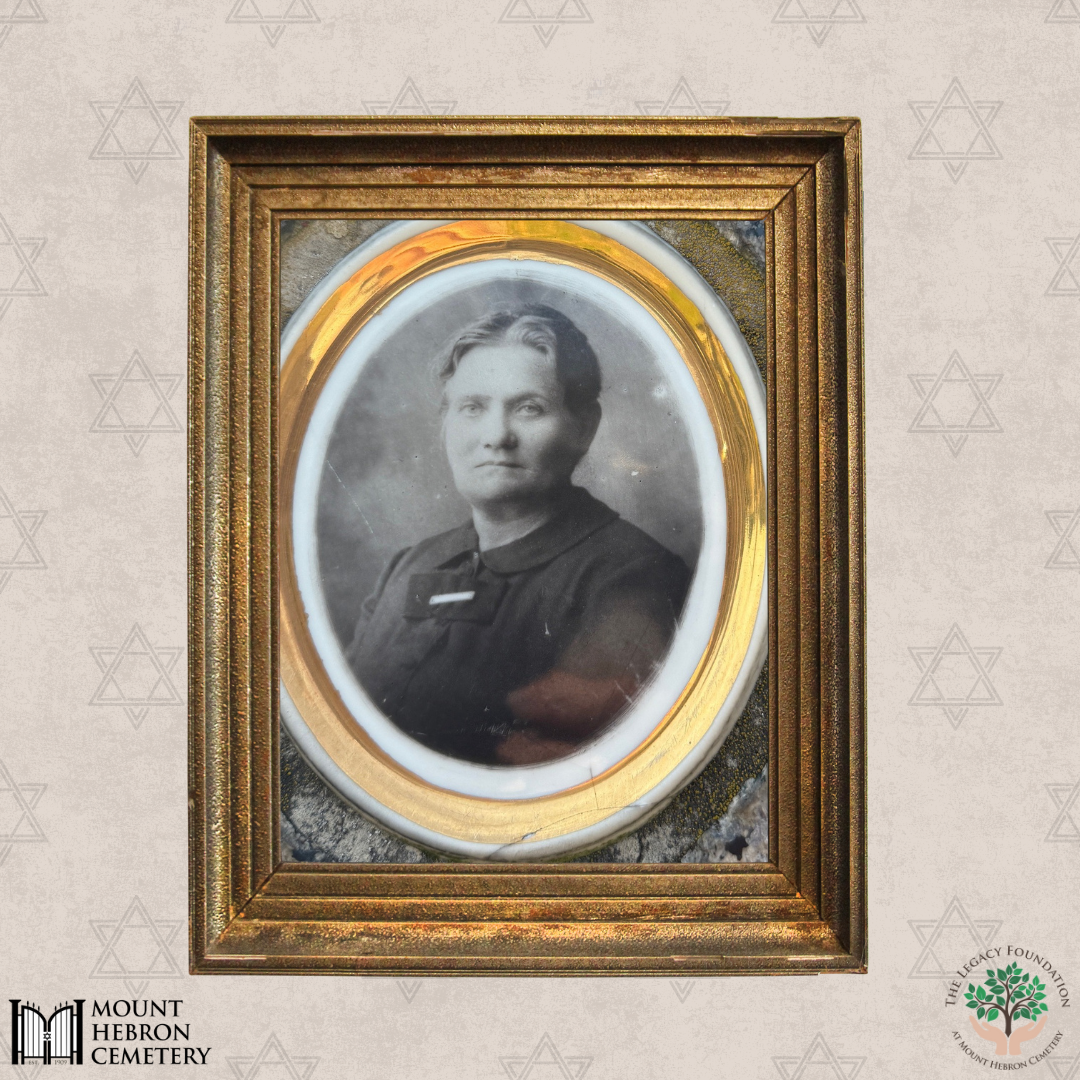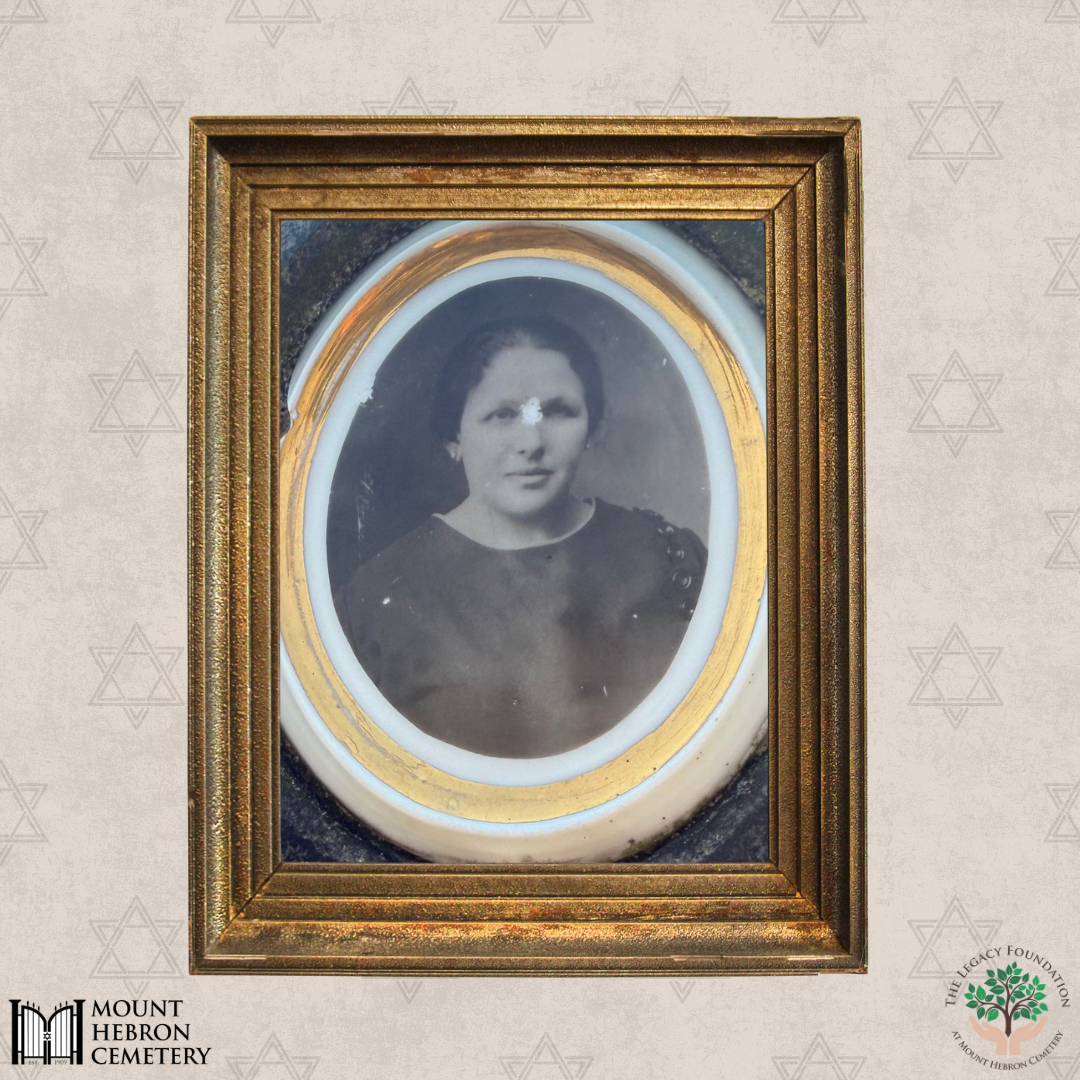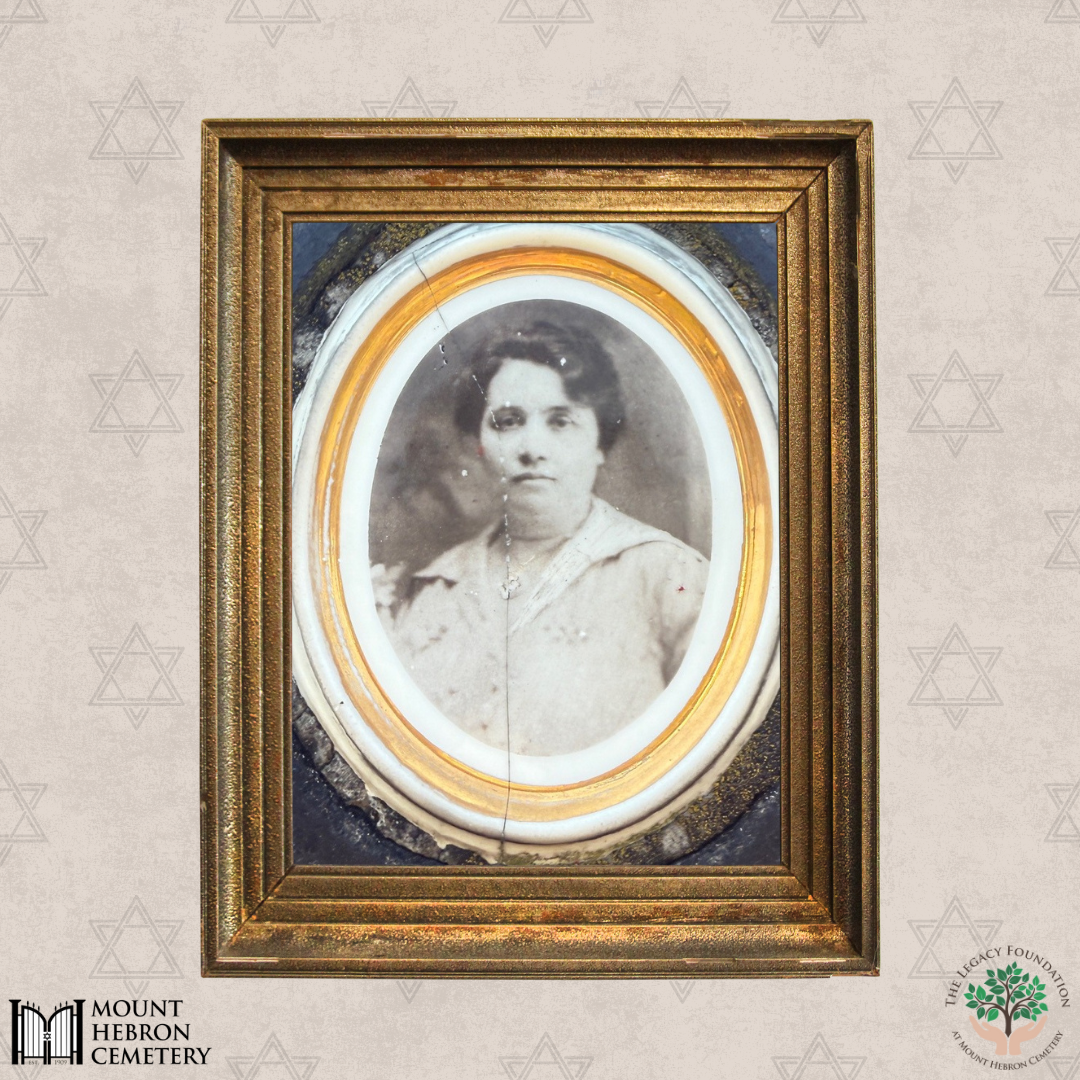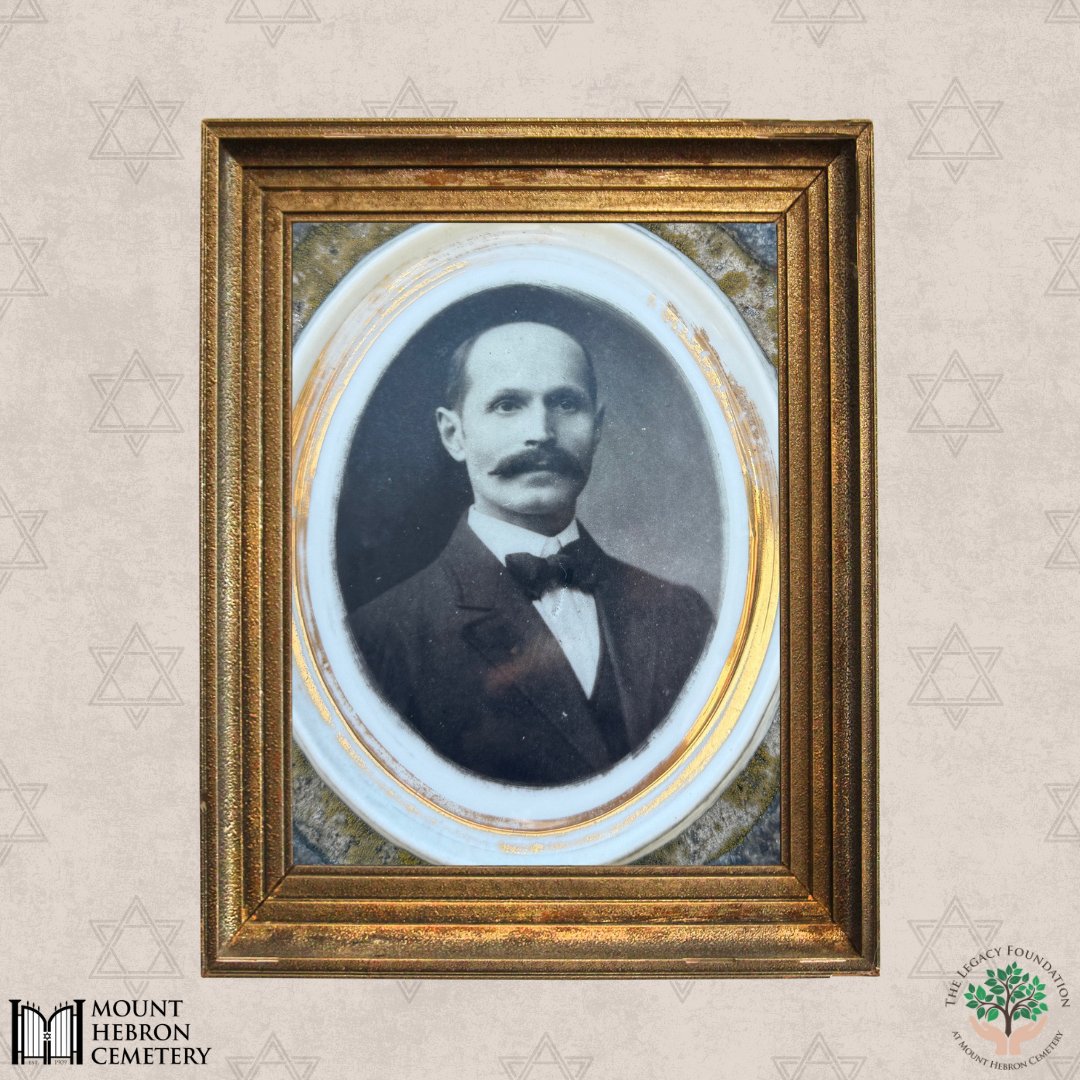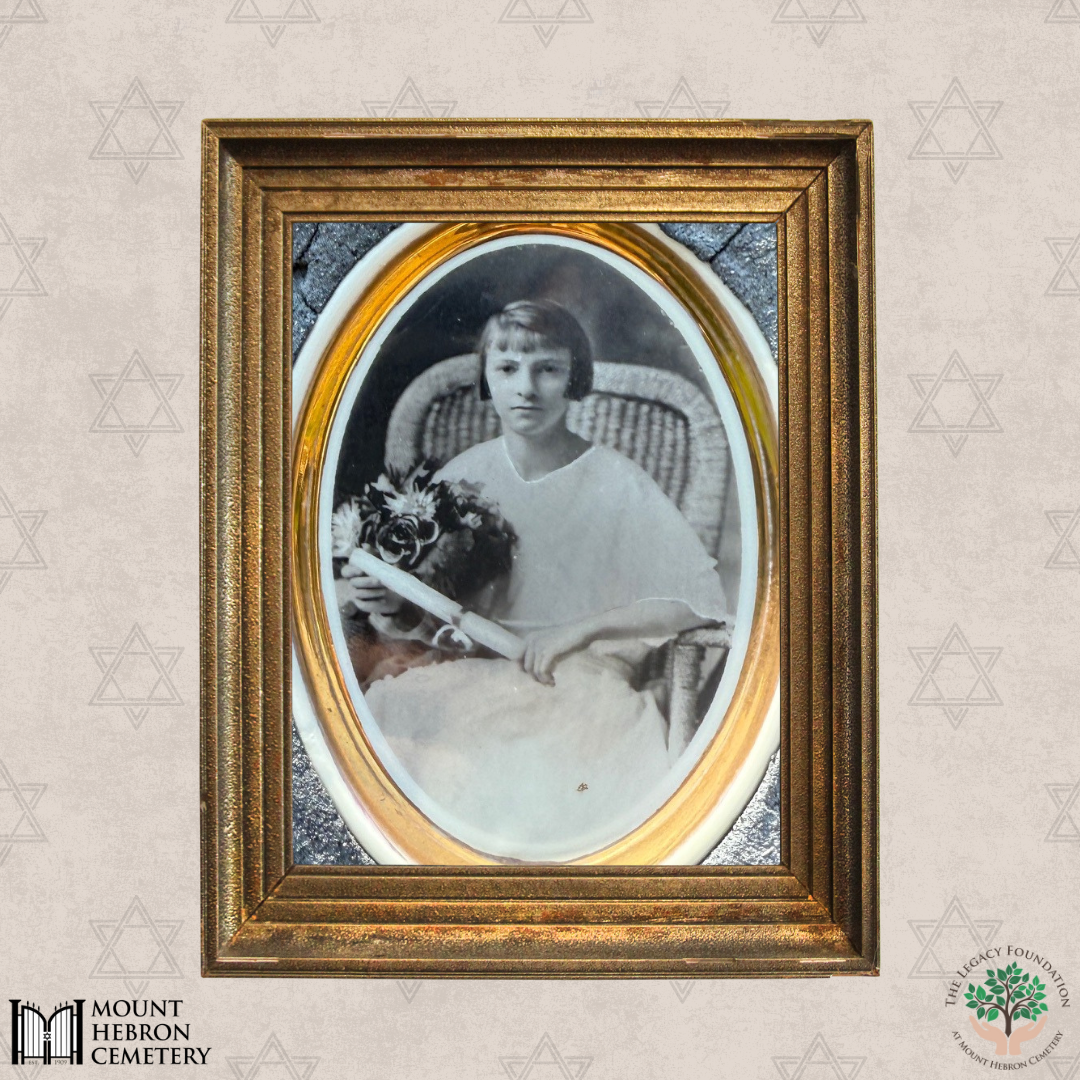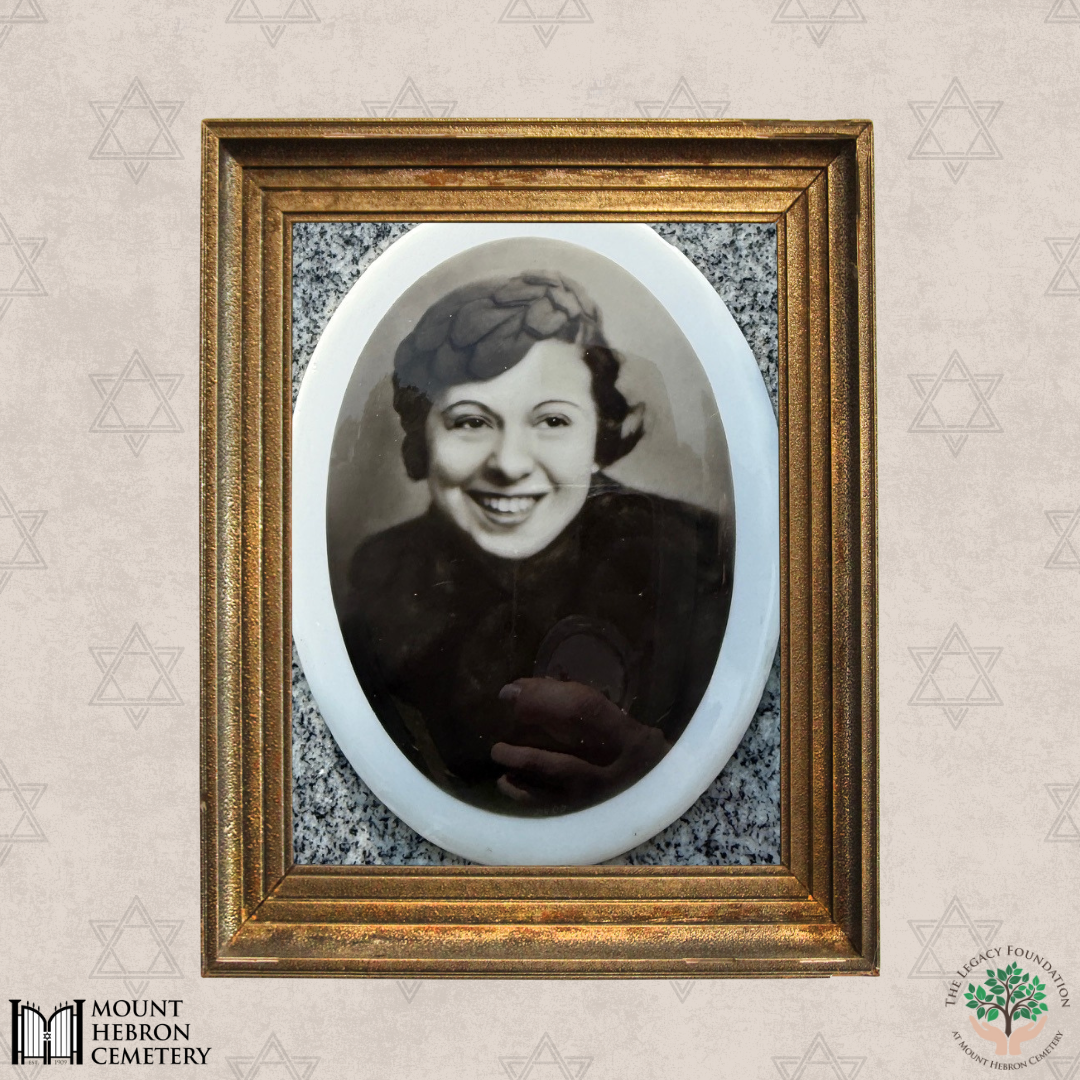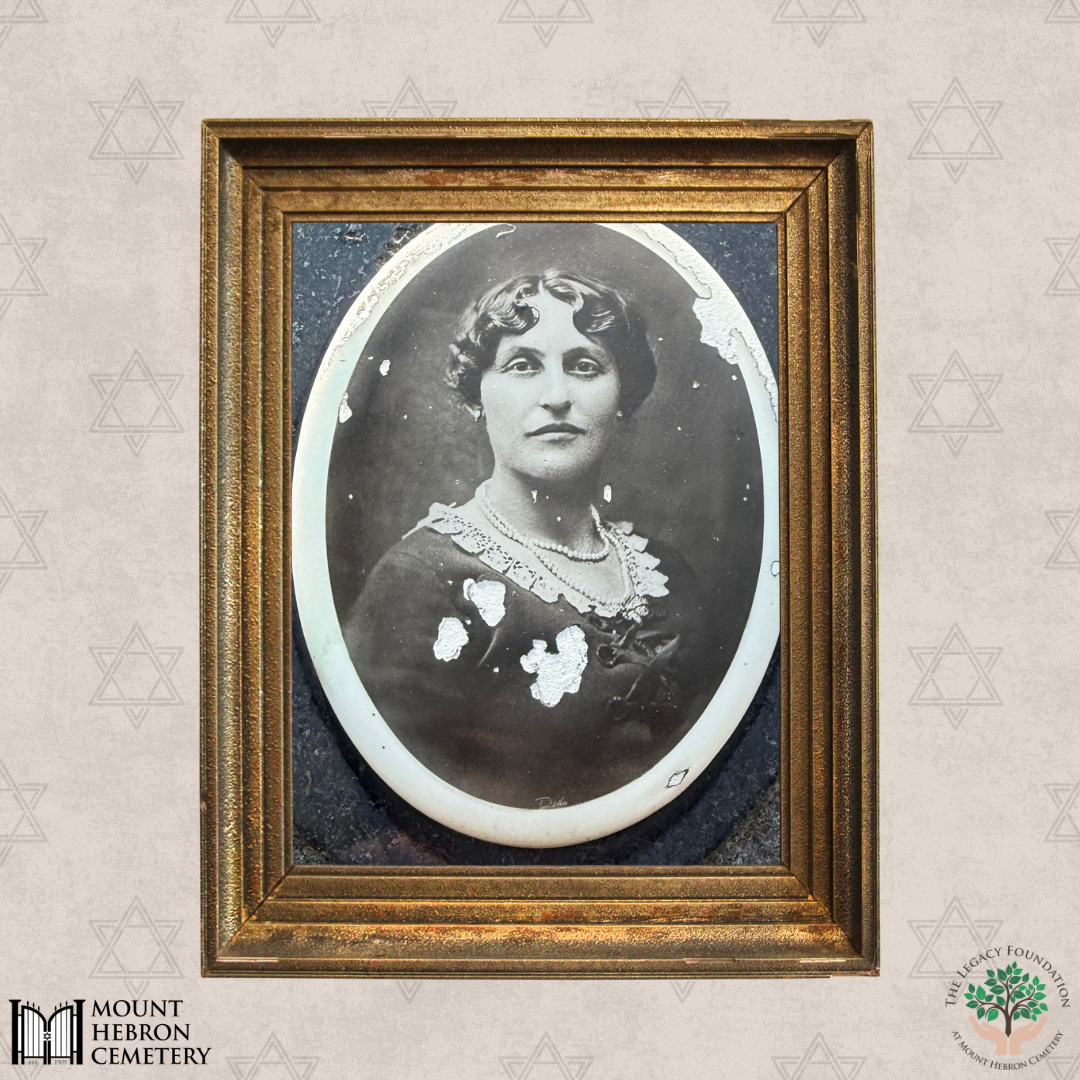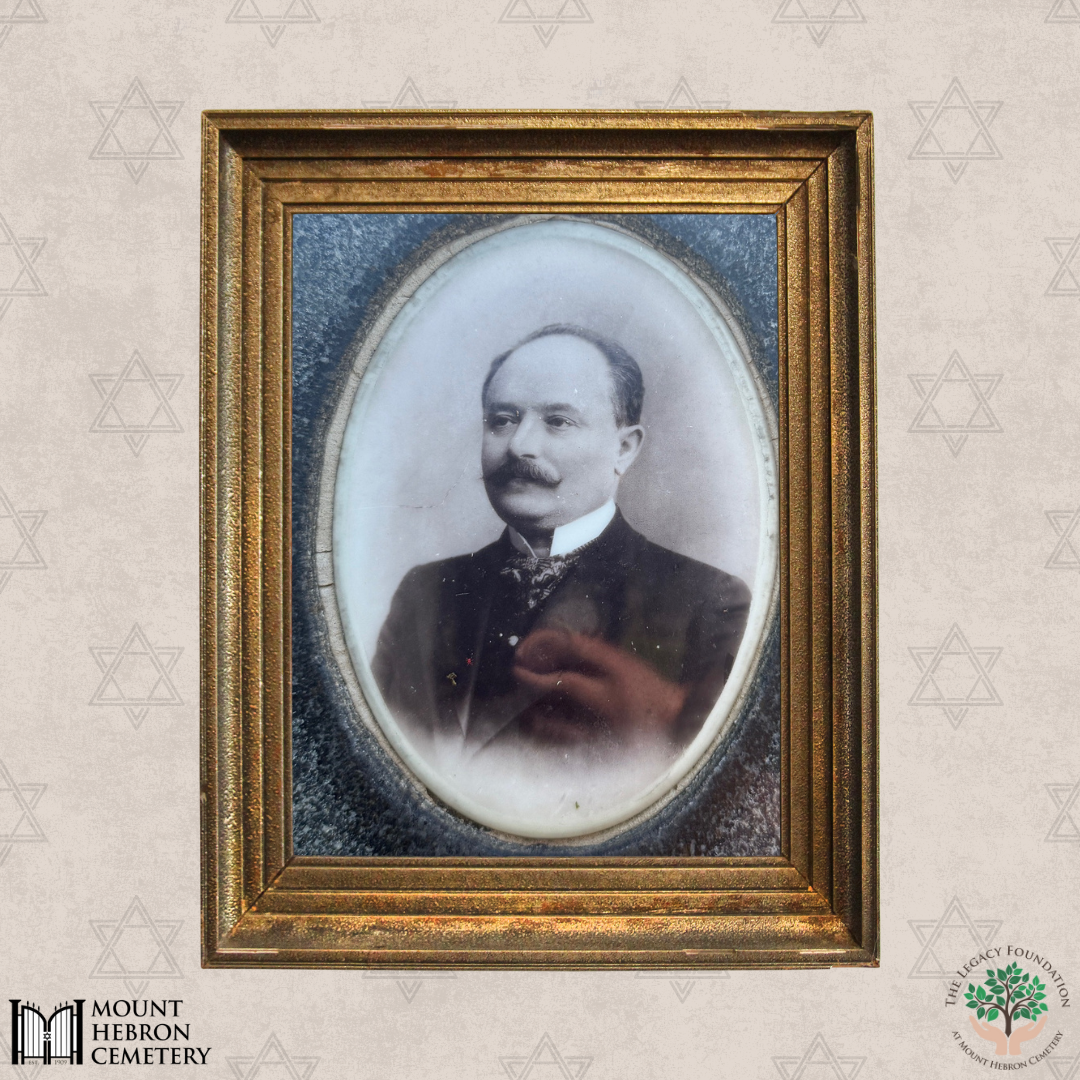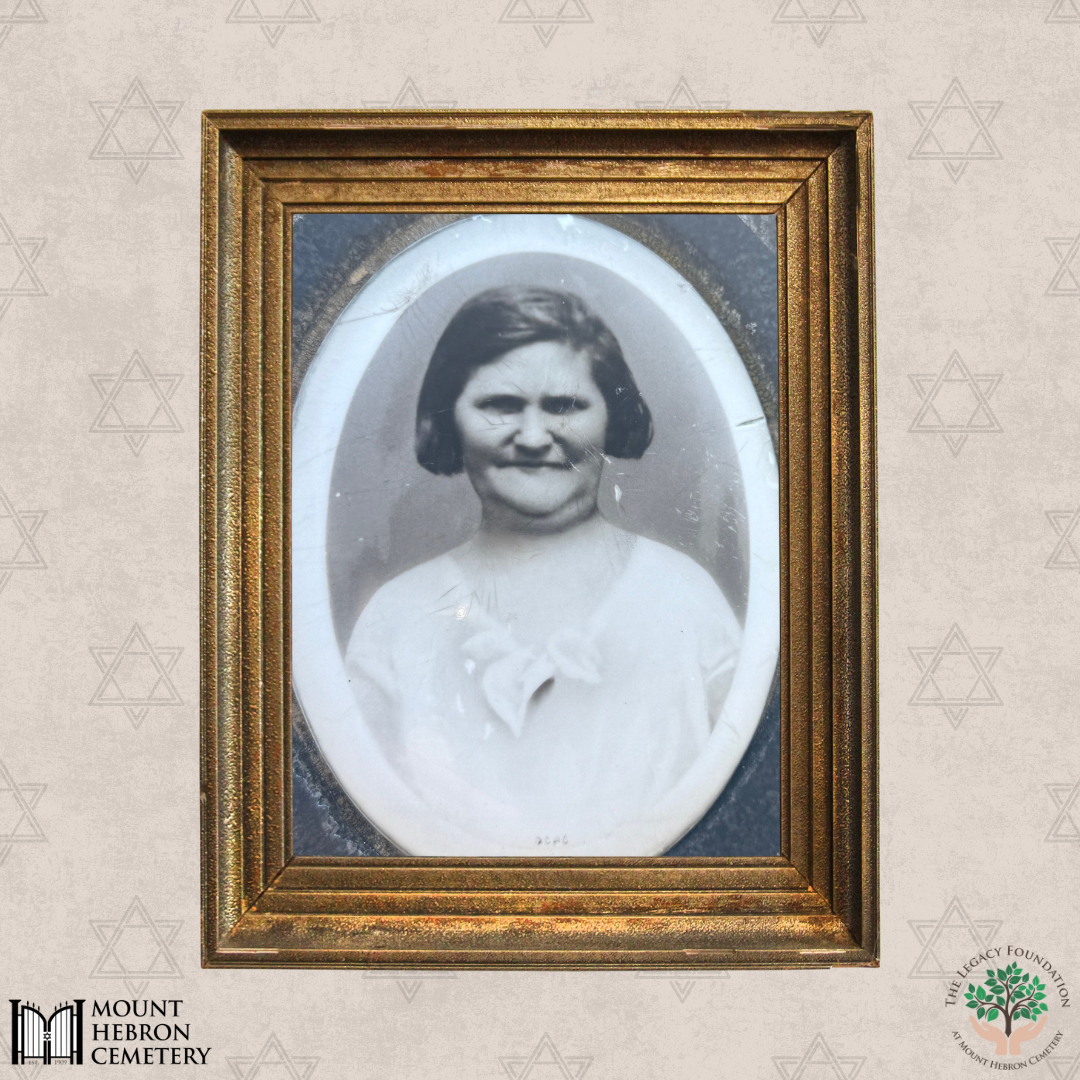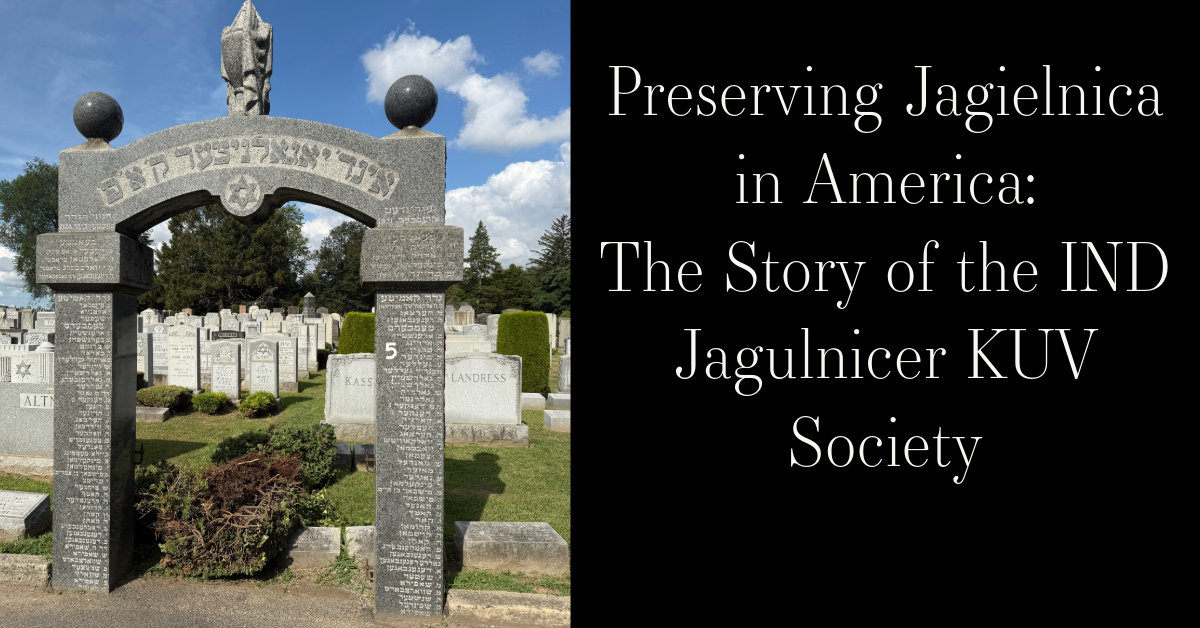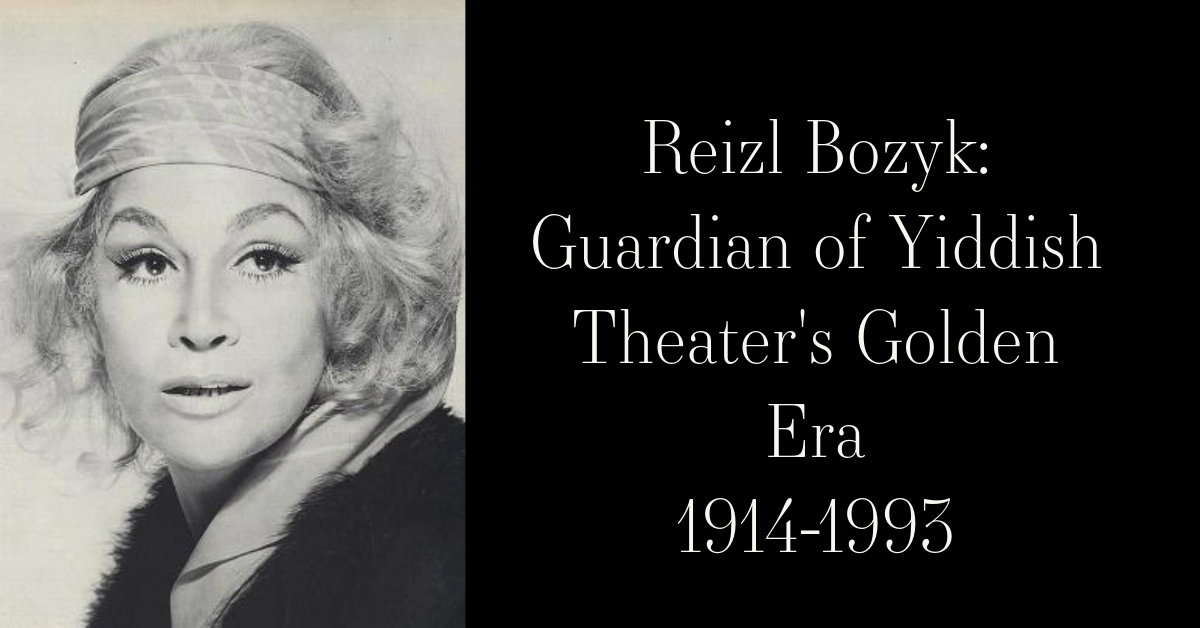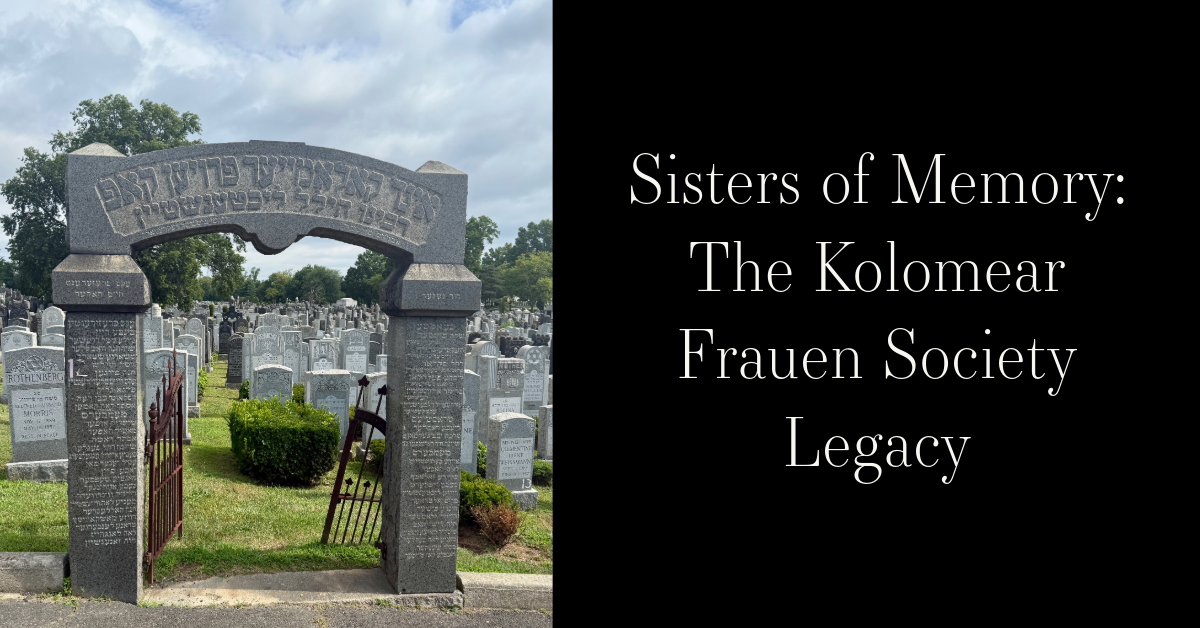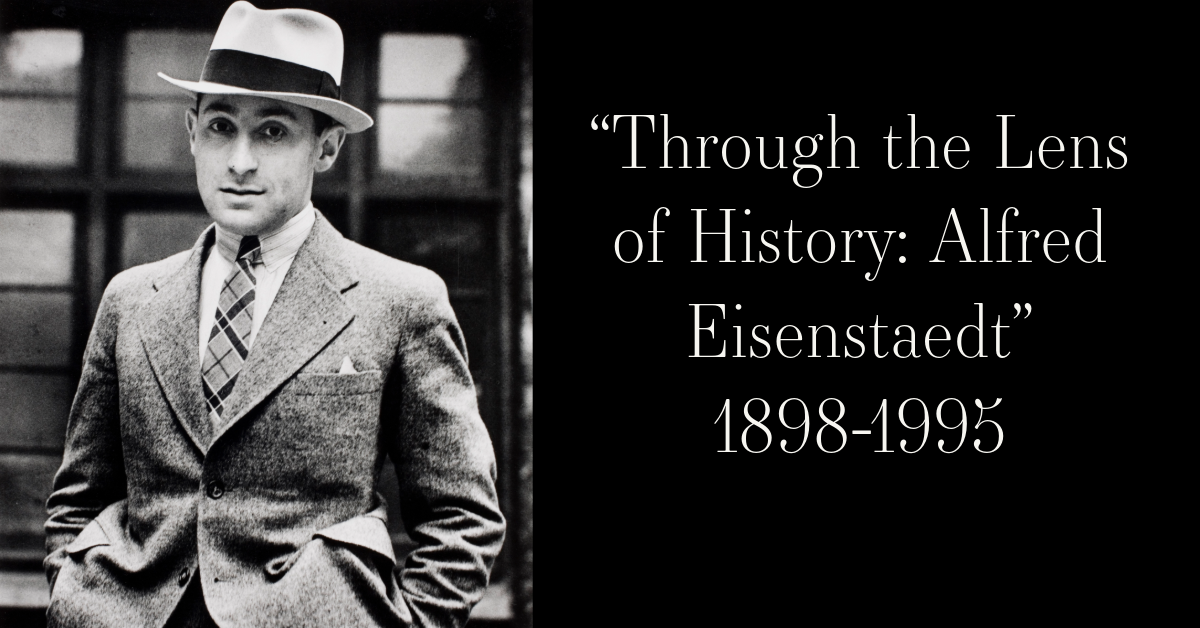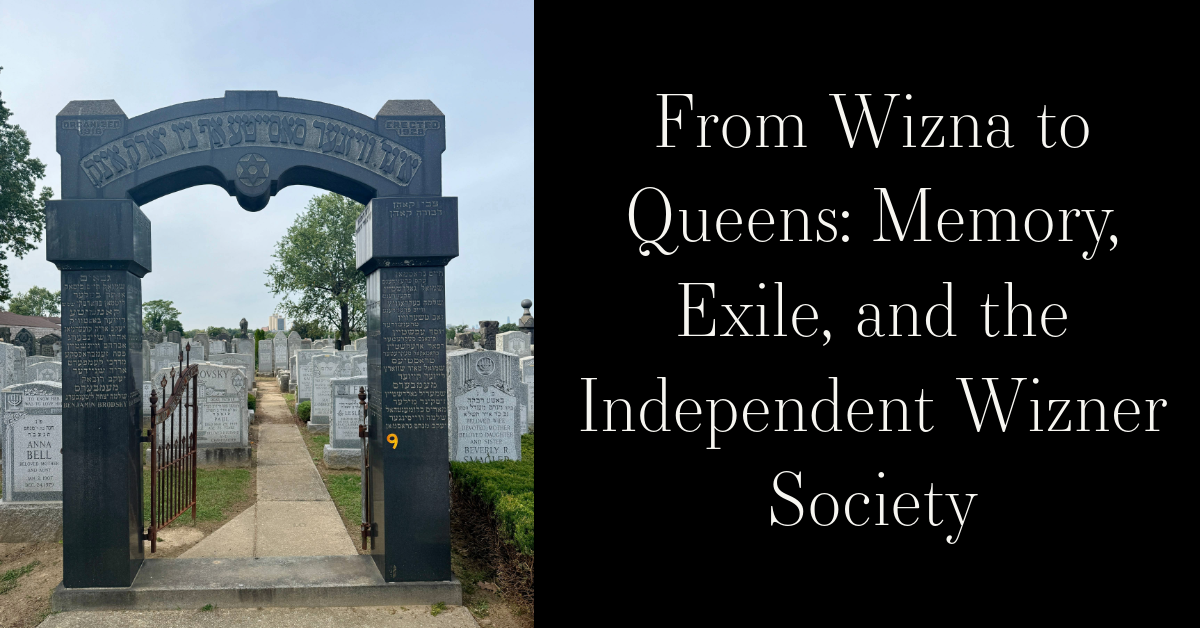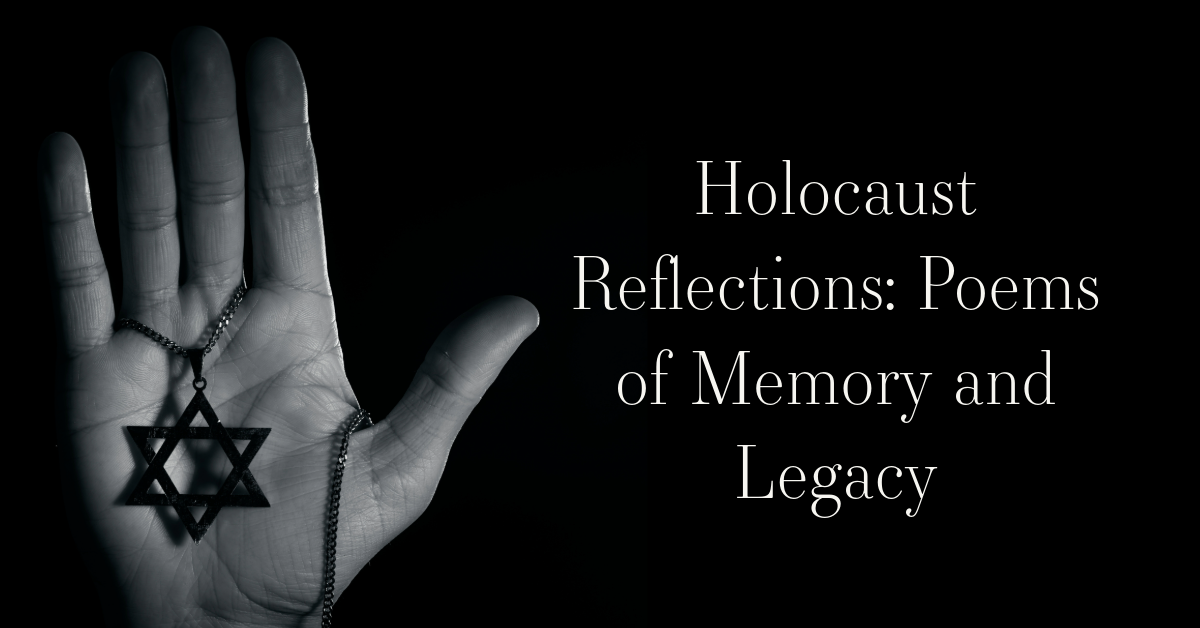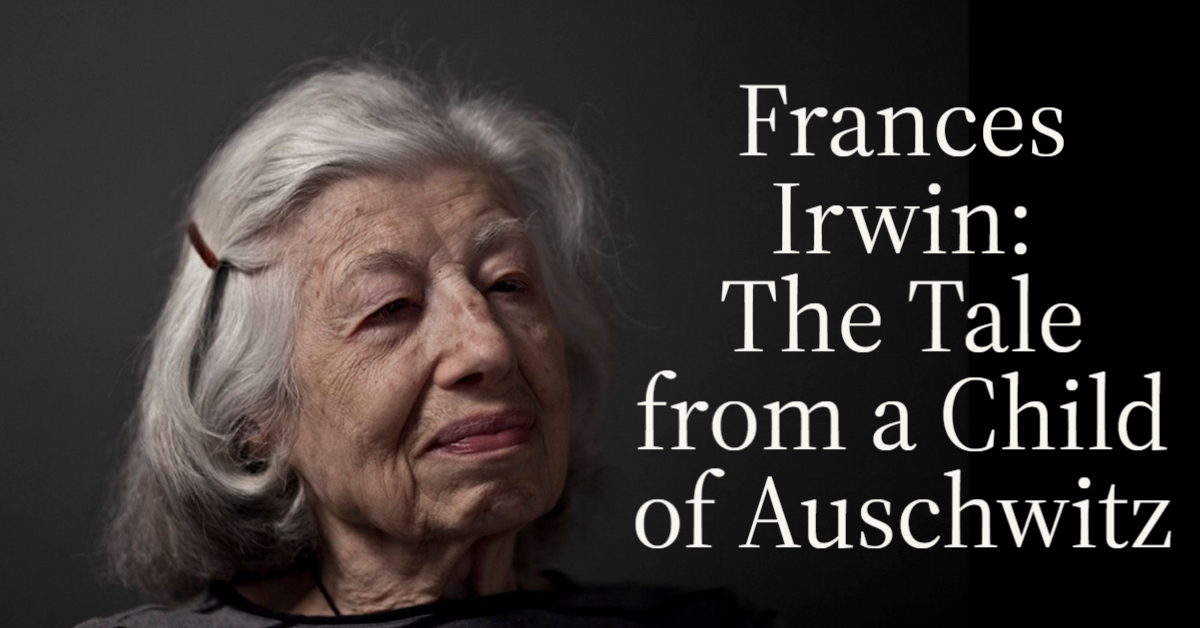Story Summary:
The Zinkowitzer & Kamenetz Podolier Society was established in 1963-1964. It was a merging of the First Zinkowitzter K.U.V. (established in 1904 by immigrants from Zinkovtsky, Ukraine) and the Kamenetzer Podolier Benevolent Assocation (founded by immigrants from Kamenets-Podolski, Ukraine). They paid Shiva (7 days of mourning) benefits to its members. Jews were first recorded in the city of Kamenets-Podolski in a 1447 document. For four centuries, they would suffer from multiple hardships, including sporadic expulsions and devastating pogroms. Despite this, they maintained multiple education, religious, and political institutions/organizations. More than 40,000 souls were claimed during Nazi occupation. Postwar, there were just over 2000 Jews in Kamenets-Podolski, but they soon migrated overseas. Their memories live on.
Kamenetz Podolier Society
The Zinkowitzer & Kamenetz Podolier Society was established in 1963-1964. It was a merging of the First Zinkowitzter K.U.V. (established in 1904 by immigrants from Zinkovtsky, Ukraine) and the Kamenetzer Podolier Benevolent Assocation (founded by immigrants from Kamenets-Podolski, Ukraine). They paid Shiva (7 days of mourning) benefits to its members. In consultation with a YIVO researcher, it was determined that Zinkovsky was historically its own village but has since become part of the Kamenets-Podolski district. This explains why some sources list it as a separate town and others as an area within the Kamenets-Podolski district.
The city of Kamenets-Podolski was under the reign of the Gadamin of Lithuania in the 14th century. From the end of the 14th-18th century, the city was under Polish occupation. Sometime during the 17th century the city had been taken over by the Turks, but they were later driven out. Jews were first recorded in 1447. At this time they were only permitted to live within the suburbs andin homes already existing. The town was divided between the Polish, Ukrainian, and Armenian communities. In 1589, the Polish council granted permission for Jews to settle within the town but this would soon be revoked nine years later. It was only until Ottoman occupation in 1672 that the Jews were guaranteed residence within the town. In 1681, about 150 Jews were recorded to have settled. When the town was returned to the Poles in 1699, the Jews were permitted to stay but in 1750 were expelled again. A debate sparked between the followers of Jacob Frank (Frankists) and others. The bishop ultimately ruled in favor of the frankists, resulting in the burning of about 1000 Talmud volumes. Eventually Jacob Frank was discredited and the movement lost popularity. A new movement, Chassidism, surfaced but died out during the 20th century among growing popularity for the Zionist movement.
During the 18th century, the Jews of Kamenets-Podolski engaged in the areas of business, crafts, and trades. Their main language was Yiddish, however during the 19th century, this came to include other languages, especially Russian. By 1790, there were over 400 Jews recorded in the suburbs. During the 19th century, the city was industrialized, with factories producing tobacco and cigarettes to artificial mineral water. The only “heavy industrial” factory was Kramm’s iron factory which was run by a German. The 20th century, despite the hardships, was a period of significant progress for the Jews of Kamenets-Podolski. For example, Zionism took roots in the town, with the Jewish community establishing multiple organizations including the Chovevei Zion (“Lovers of Zion”). A Jewish club was started, addressing the cultural needs of the community. Their efforts led to the creation of a library holding about 2000 volumes of works in Hebrew, Yiddish, and Russian. A Jewish free kitchen was established, providing meals to students of the Talmud-Torah school.
During World War I, the “Toshia” and the “Moledet” Hebrew schools were organized with help from “Tarbut”, an educational organization. In 1916, a group of highschool students (including Jacob and Israel Brandman) started “Kadima” (an educational institution). In addition to being pro-educational, they were also pro-Zionist and pro-Hechalutz (a movement rooted in building social leadership). After the Revolution (Bolsevik), many members fled to Palestine. Others fled to Rumania by crossing the Dniester River or they escaped to Galicia. From there they went to the United States, Canada, or Palestine. In June 1919, a pogrom carried out by Petilura’s army resulted in the death of over 70 Jews and many more injured. Their property was either destroyed or stolen. Jewish life continued despite the impact. A kehilla, under the new laws of National Personal Autonomy, was formed, which organized a relief committee for those who suffered from the pogroms. They obtained further aid from other countries, including the American Joint Distribution Committee.
At the outbreak of World War II, there were about 10,000 Jews residing in the town. Nazi occupation lasted from July 1941 to March 1944. Jews from Kamenets-Podolski, Rumania, Hungary, Belgium, and Holland, were forced into a ghetto in early July of 1941. From July to August of the same year, multiple “Aktions” were carried out, claiming about 30,000 souls. The August 27th-29th aktion alone resulted in over 23,000 deaths, over 5,000 of them being from Kamenets-Podolski. The ghetto was liquidated in October of 1942 but the aktions continued until June. In total, more than 40,000 people perished. By 1959, there were just over 2000 Jews in Kamenets-Podolski, but they soon migrated overseas. In 1992, a Jewish cultural club was created. From 1993 to 1999, a monthly regional newspaper, Shalon Aleikhem, was published.
https://archives.cjh.org/repositories/7/resources/21898
https://encyclopedia.ushmm.org/content/en/article/kamenets-podolsk#:~:text=In%20August%201941%2C%20Kamenets%2DPodolsk,part%20of%20the%20Final%20Solution.
https://www.jewishgen.org/yizkor/Kamyanets_Podilskyy1/kam016.html
https://encyclopedia.yivo.org/article/1371
https://www.jewishvirtuallibrary.org/kamenets-podolski
https://www.jewishgen.org/yizkor/Kamyanets_Podilskyy1/kam049.html
https://sztetl.org.pl/en/towns/k/1832-kamianets-podilskyi/99-history/137436-history-of-community
https://www.yiddishbookcenter.org/collections/yizkor-books/yzk-nybc314199/blatman-leon-s-kamenetz-podolsk-a-memorial-to-a-jewish-community-annihilated-by
https://jewua.org/kamenets_podolski/
https://ia801901.us.archive.org/6/items/nybc314199/nybc314199.pdf
~Blog by Olivia Scanlon




